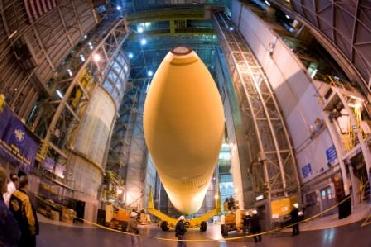
External tank ET-138 will help launch Space shuttle Endeavour into space on its last mission later this year. A NASA photo
WASHINGTON (BNS): NASA and Lockheed Martin Space Systems Company have paid tribute to the workforce who built the external tanks for the space shuttle fleet.
The last external tank scheduled to fly on a shuttle mission was completed on June 25 by Lockheed Martin workers at Michoud.
"ET-138 is the last in a series of tanks that has provided increasingly safer launches of space shuttles," said John Honeycutt, manager of the External Tank project.
The tank was scheduled to depart after the ceremony Thursday aboard the Pegasus barge on a six-day, 900-mile sea journey to NASA's Kennedy Space Center in Florida where it will support shuttle Endeavour�s STS-134 launch.
At Kennedy, ET-138 will be processed for flight, mated with twin solid rocket boosters and attached to space shuttle Endeavour in preparation for the last scheduled orbiter mission.
During a launch, the external tank delivers 535,000 gallons of hydrogen and oxygen liquid propellants to the three main engines, which power the shuttle to orbit.
The tank is covered by polyurethane-like foam, with an average thickness of about one inch. The foam insulates the propellants; keeps ice from forming on the tank's exterior; and protects its aluminum skin from aerodynamic heat during flight.
The external tank is the largest element of the space shuttle, which also includes the orbiter, main engines and twin solid rocket boosters. It measures 27.6 feet wide and 154 feet tall. The tank is the only major shuttle component that is not reused.
Lockheed Martin Space Systems Company of Denver was awarded a contract in 1973 to build the external tanks. The company workers at Michoud have built and delivered 134 flight tanks to the Space Shuttle Program.
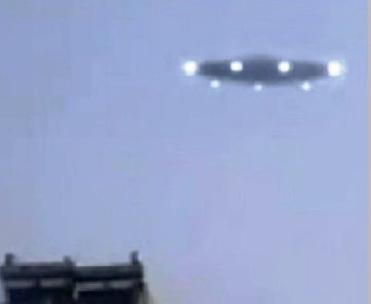 Previous Article
Previous Article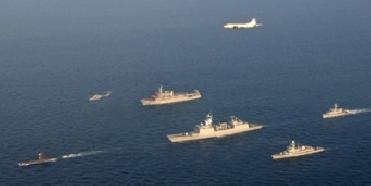 Next Article
Next Article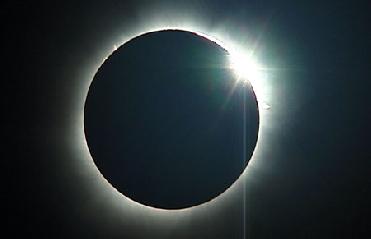
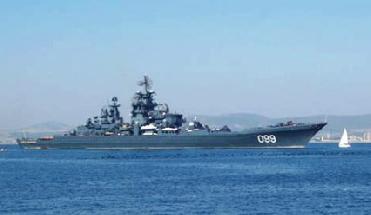
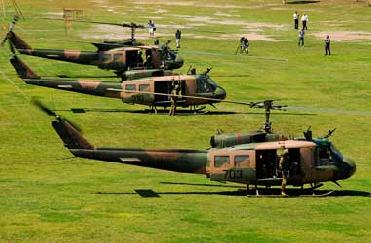










The Indian Air Force, in its flight trials evaluation report submitted before the Defence Ministry l..
view articleAn insight into the Medium Multi-Role Combat Aircraft competition...
view articleSky enthusiasts can now spot the International Space Station (ISS) commanded by Indian-American astr..
view article